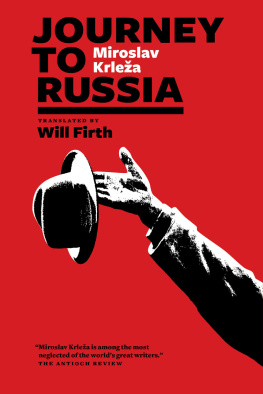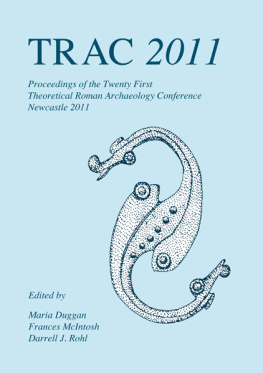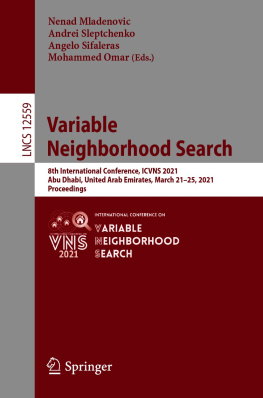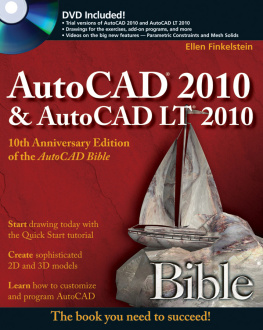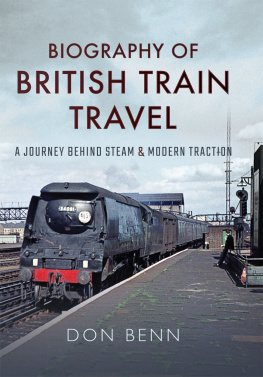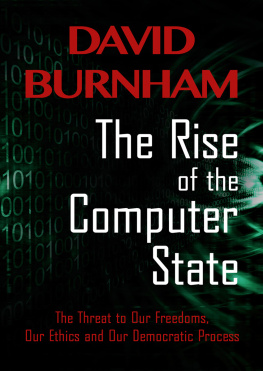
Published by
Oxbow Books, Oxford, UK
TRAC and the individual authors, 2011
PRINT ISBN 978-1-84217-452-4
PDF ISBN: 9781842175842
EPUB ISBN: 9781842175828
PRC ISBN: 9781842175835
This book is available direct from
Oxbow Books, Oxford, UK
(Phone: 01865-214249; Fax 01865-794449)
and
The David Brown Book Company
PO Box 511, Oakville, CT 06779, USA
(Phone: 860-945-9329; Fax 860-945-9468)
or from our website
www.oxbowbooks.com
A CIP record for this book is available from the British Library
Library of Congress Cataloging-in-Publication Data
Theoretical Roman Archaeology Conference (20th : 2010 : University of Oxford)
TRAC 2010 : proceedings of the twentieth annual Theoretical Roman Archaeology Conference
which took place at the University of Oxford, 25-28 March 2010 / edited by Dragana Mladenovic
and Ben Russell.
p. cm.
Includes bibliographical references.
ISBN 978-1-84217-452-4
1. Archaeology--Rome--Philosophy--Congresses. 2. Europe--Antiquities, Roman--Congresses.
3. Pottery, Roman--Congresses. 4. Textile fabrics, Roman--Congresses. 5. Architecture, Roman-
Congresses. 6. Building materials--Rome--Congresses. I. Mladenovic, Dragana, 1977 Nov. 12- II.
Russell, Ben, 1984- III. Title.
DG12.5.T44 2010
937--dc22
2011011479
Printed in Great Britain by
Short Run Press, Exeter
Contents
Interpreting a Ceramiscene Landscape the Roman Pottery from the Nepi Survey Project
Philip Mills and Ulla Rajala
In excelsissimo loco An Approach to Poliadic Deities in Roman Colonies
Marion Boos
Globalisation, Consumerism and the Ancient Roman Economy: A Preliminary Look at Bronze and Iron Production and Consumption
Melissa L. Ratliff
Meaningful Insula: Bridging the Gap between Large and Small Scale Studies of Urban Living Conditions
Heini Ynnil
Doors in Domestic Space at Pompeii and Herculaneum: A Preliminary Study
M. Taylor Lauritsen
Approaching Architectural Recycling in Roman and Late Roman Villas
Beth Munro
Nineteenth-Century Labour Figures for Demolition: A Theoretical Approach to Understand the Economics of Re-use
Simon J. Barker
Cloth and Clothing from Cemeteries in Noricum
Karina Grmer and Eva Hlbling-Steigberger
Pinning Down Identity: The Negotiation of Personhood and the Materialisation of Identity in the Late Iron Age and Early Roman Severn Estuary
Caroline Pudney
British Emigrants in the Roman Empire: Complexities and Symbols of Ethnic Identities
Tatiana Ivleva
Preface
TRAC 2010, the twentieth meeting, was held between the 25th and the 28th March, at the University of Oxford. As has happened previously, TRAC this year was held in conjunction with RAC, under the aegis of The Roman Society. A total of almost 300 delegates attended the conference at which 120 papers were delivered, 42 of them in TRAC sessions. Four of these sessions were organised around specific themes globalisation, clothing, gender, and religion while a further three general sessions gathered together a range of papers submitted individually in response to an open call for papers. The 49 speakers involved at this years TRAC represented an astonishing 37 different academic institutions and professional bodies in 15 different countries; 32 of the speakers were women. These numbers clearly demonstrate the international interest in TRAC which can only have been furthered by the recent Amsterdam and Michigan conferences.
This volume contains ten of the papers presented at TRAC 2010. Philip Mills and Ulla Rajala open with a paper examining what the pottery finds from the Nepi Survey Project can tell us about how the local landscape was used and inhabited. In response to criticism of the lack of theoretical approaches in Italian landscape archaeology Mills and Rajala introduce and test the notion of a ceramiscene landscape a landscape in which human activities are defined by the creation, consumption and disposal of ceramics. This is followed by a contribution from Marion Boos on the much-neglected subject of poliadic deities in Roman colonies in Italy. Focusing on Cosa, Luni, Pompeii, Satricum and Signia, Boos shows that there is good evidence for the worship of tutelary deities at different types of colonial foundation, and often at temples in prominent positions within the urban landscape.
Next come three papers on Pompeii. The first, by Melissa Ratliff, approaches the thorny issues of globalisation and consumerism through a study of metal production and consumption in the city. Heini Ynnil makes a case for examining Roman urbanism, and especially the supply of amenities, through the lens of single insula blocks, arguing that such studies can bridge the gap between work on individual houses and work on whole cities. Taylor Lauritsen then makes a plea for doors, and other partitions, to be acknowledged as integral features of Roman domestic space. As Lauritsen convincingly points out, the evidence for doors in Pompeian households significantly alters traditional views of these spaces as largely open and empty with clear lines of sight running through them.
Two papers on the pertinent topics of recycling and re-use follow. Beth Munro introduces a model for rural architectural recycling. Using the evidence from Late Roman villas in Italy, Munro shows that recycling of architectural material was systematic and widespread, and proposes that this might well also have been the case in earlier periods too. In his paper, Simon Barker demonstrates that this was indeed the case; even in imperially-funded projects in Rome materials from earlier projects were extensively re-used. In an attempt to understand the cost-effectiveness of this kind of re-use Barker tests the extent to which we can use nineteenth-century building manuals to reconstruct the labour involved.
The final three papers in the volume are all concerned to some degree with personal adornment. The use of textile remains from funerary contexts in Austria for the study of social identity in the Roman period is explored by Karina Grmer and Eva Hlbling-Steigberger. Close analysis of these new finds allows the authors to make a number of important observation about the kinds of materials used by different people in this area. Caroline Pudney then looks at what brooches reveal about the materialisation of identity and negotiation of personhood in the area of the Severn Estuary in Britain in the Late Iron Age and Early Roman period. Also looking at brooches, specifically British-made ones overseas, Tatiana Ivleva discusses the extent to which these objects can be used in conjunction with epigraphic evidence to trace British emigrants in the Roman Empire.
It has become something of a convention in the prefaces of these proceedings for the editors to comment on the perceived health, or otherwise, of TRAC as an institution. There are a number of aspects of these conferences, and their proceedings, which have attracted criticism, albeit generally constructive, in the past. It was for this reason that the Oxford TRAC Conference Committee decided on a slightly different organizing strategy for this meeting. Traditionally sessions have been proposed prior to the call for papers and then filled by relevant submissions as they come in. Though egalitarian, this approach makes the final composition of the session somewhat unpredictable; there is no way to control whether there will be enough papers to maintain the session or whether these papers will stimulate debate. To counter this tendency we felt it necessary to trust session organisers with greater responsibility for shaping their sessions. We asked session proposers, therefore, to provide session titles and abstracts along with the names and paper titles of three confirmed speakers, leaving at least half of the session to be filled with papers submitted individually in response to the call for papers. Promising papers on topics unrelated to the themes of the organised sessions were also grouped together into three general sessions which covered a range of subjects. While reluctant to abandon altogether the traditional way of doing things we felt that this approach encouraged structure within sessions while also ensuring that the conference remained suitably inclusive. This was something of an experiment, but the popularity of many of the organised sessions is testament to its success.



